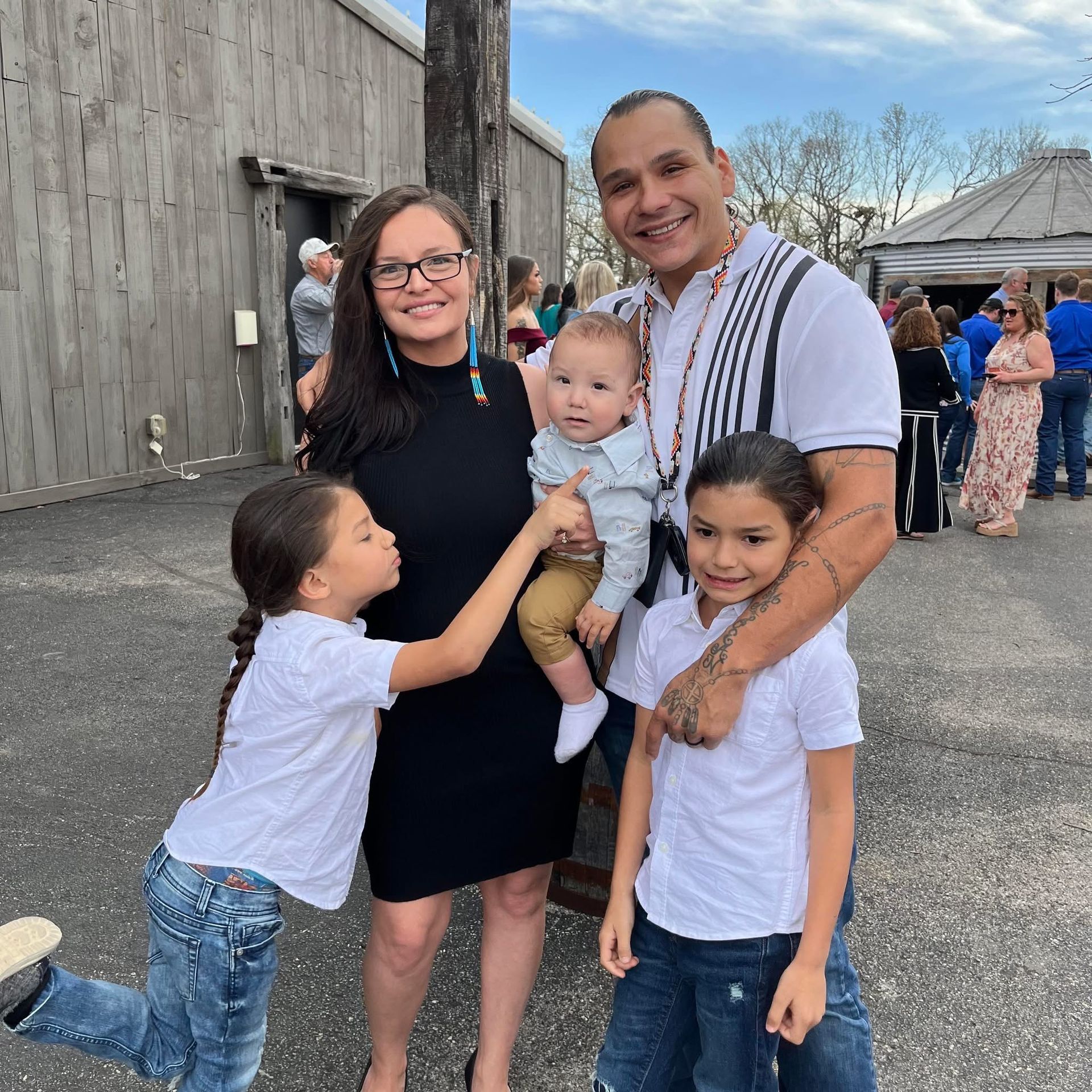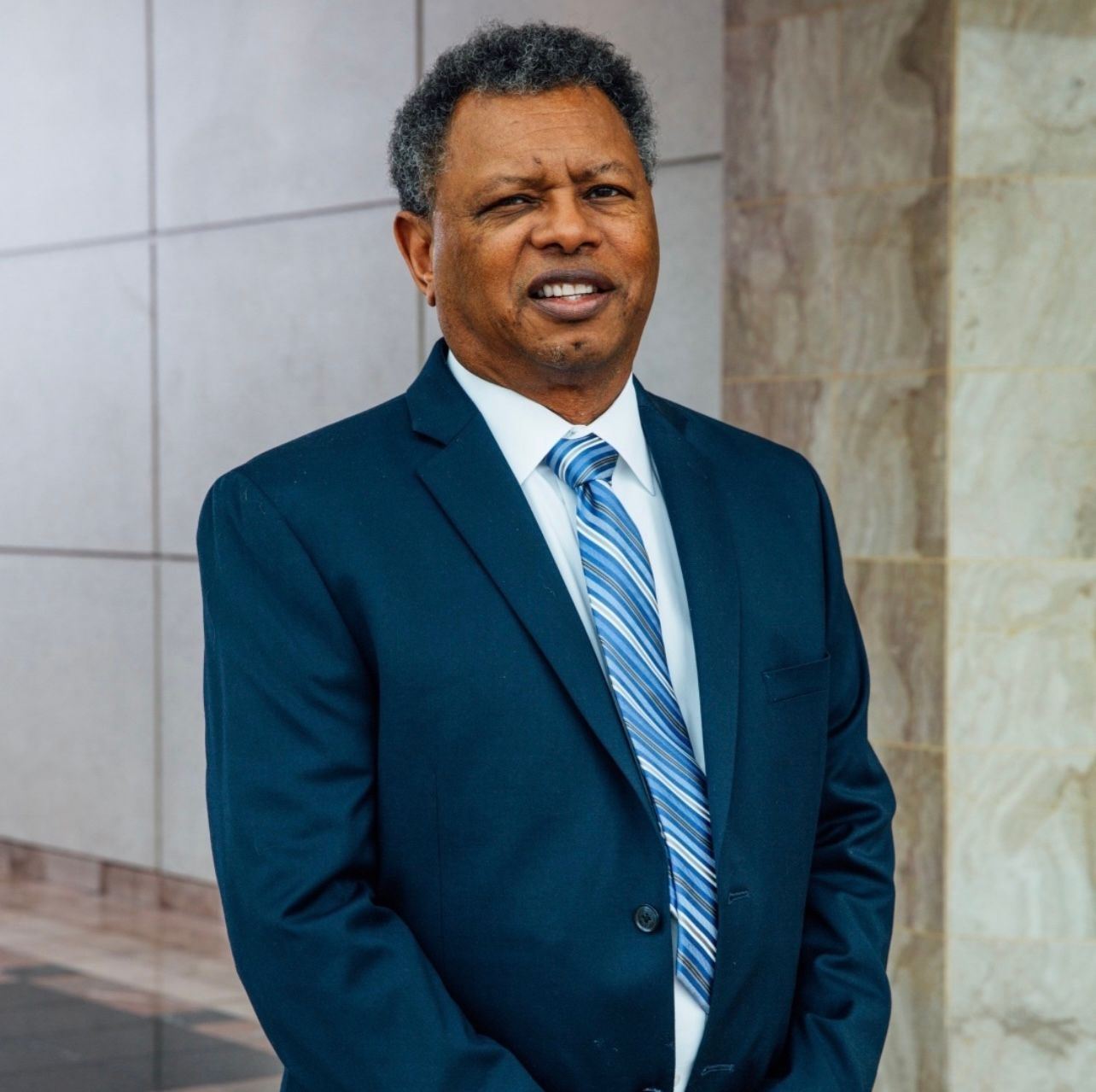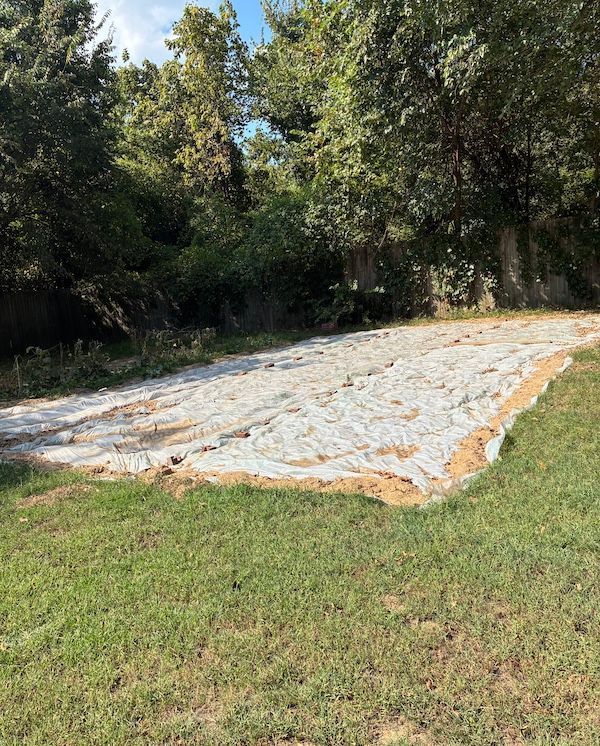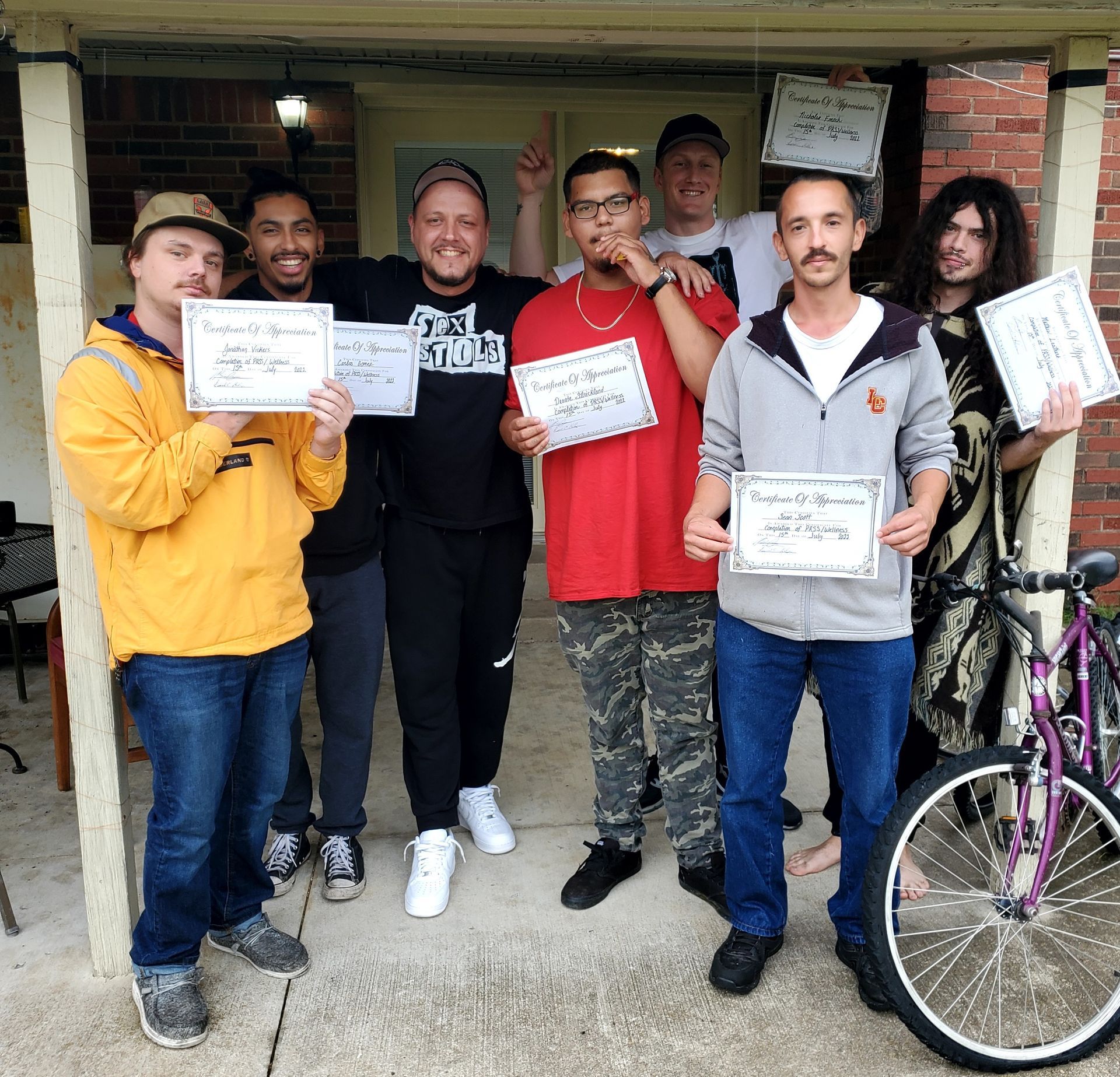If you are reading this and striving for sobriety and wholeness, your path is valid. Your setbacks do not erase your potential. Your recovery is waiting, and many have taken steps just like you, finding strength, community, purpose, and hope.
Recovery is possible. Recovery is real. And it is being lived right now.
Every September, Recovery Month does more than simply mark time, it brings attention to the real stories of people who have transformed their lives, those who are still fighting addiction, and those who remain at risk if support is not available. These stories are deeply personal, but when viewed together, they reveal both sobering challenges and inspiring hope.
Statistics show the far-reaching impact of substance use problems in the United States. According to a recent national survey, 11.1% of U.S. adults, about 27.5 million people, have faced a substance use issue at some point in their lives. Of these individuals, approximately 74.8%, or 20.5 million adults, report being in recovery or having resolved their substance use problem. In short, tens of millions have already walked all or part of this path. More broadly, an estimated 50.2 million adults consider themselves to be in recovery from either a mental health or substance use issue. These numbers demonstrate that recovery is not rare; instead, it is a common experience. Yet, they also highlight the ongoing need for help among many.
The road to recovery is often complicated by the scale of addiction and its intersections with mental health. The 2023 National Survey on Drug Use and Health reports that 48.7 million people aged 12 or older had a substance use disorder in the past year. Many individuals struggling with addiction also face mental health disorders. For example, about 9.2 million U.S. adults experienced both a substance use disorder and a mental illness in the past year.
Relapse is a common part of recovery. It is estimated that 40-60% of people with substance use disorders relapse during the first year after treatment. However, the longer a person maintains sobriety, the lower their risk of relapse becomes. Studies show that, after five years of continuous recovery, the risk of relapse drops to less than 15%.
Recovery is not solely defined by abstaining from substances, it also encompasses rebuilding and improving one's life. Of those who have ever faced a substance use problem, about 74.8% say they are now in recovery or have recovered. Put differently, two out of three adults who once struggled with substance use report that they have moved into recovery. Despite these successes, barriers persist. Over 95% of people who needed drug rehabilitation in 2023 did not receive it. Additionally, co-occurring conditions such as mental illness and substance use disorder are common, and many people do not receive integrated treatment for both issues.
Statistics do more than inform; they inspire action and hope. The numbers show that recovery is indeed possible for many, millions are proof that change can happen. They also illustrate that early relapse is not a sign of failure, as recovery often involves setbacks and is rarely a straight path. Most importantly, they highlight the gap between those who need help and those who receive it, a gap that, if closed, could help save and transform even more lives.
For anyone on the path to recovery, or for those supporting someone on this journey, there are key lessons in these numbers. Persistence makes a difference: individuals who maintain recovery over longer periods dramatically reduce their likelihood of relapse. Support systems, including treatment, aftercare, mental health resources, and family support, play a crucial role in boosting the chances of success. Most importantly, no one is alone; with tens of millions in recovery, countless others have walked similar paths. For communities, organizations, funders, and policymakers, these statistics urge a renewed commitment to expanding effective treatment, making recovery support accessible, and integrating mental health and substance use care.
At a time when overdose deaths, stigma, and limited resources threaten to overshadow progress, Recovery Month serves as a powerful reminder. Healing is underway for many, yet there is still urgent work to be done for the millions still waiting for help, and for systems that need to change. Every success story, no matter how small, adds to a growing movement that uplifts individuals, families, and communities.
Recovery Month is more than a celebration; it is a chance to recommit to a future where treatment is within reach, compassion is abundant, and hope is shared by all. For those striving for sobriety and wholeness, remember: your journey is valid. Setbacks do not erase potential. Your recovery is possible, and many others have found strength, community, purpose, and hope on this same path. Recovery is real, and it is happening right now.








